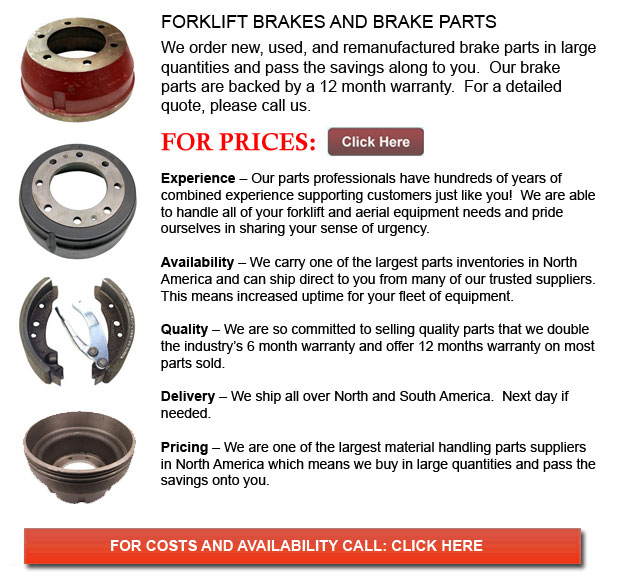
Forklift Brakes - A brake in which the friction is provided by a set of brake shoes or brake pads that press against a rotating drum unit referred to as a brake drum. There are some specific differences among brake drum types. A "brake drum" is normally the explanation given if shoes press on the interior surface of the drum. A "clasp brake" is the term used in order to describe if shoes press next to the outside of the drum. Another type of brake, known as a "band brake" makes use of a flexible belt or band to wrap round the outside of the drum. If the drum is pinched in between two shoes, it can be called a "pinch brake drum." Similar to a typical disc brake, these types of brakes are somewhat rare.
Previous to 1955, old brake drums required consistent modification periodically to be able to compensate for drum and shoe wear. Long brake pedal or "Low pedal" travel is the hazardous end result if modifications are not done satisfactorily. The vehicle could become dangerous and the brakes can become useless if low pedal is mixed together with brake fade.
There are some various Self-Adjusting systems utilized for braking on the market today. They could be classed into two separate categories, the RAD and RAI. RAI systems are built-in systems that help the apparatus recover from overheating. The most recognized RAI manufacturers are Lucas, Bosch, AP and Bendix. The most well-known RAD systems comprise Ford recovery systems, Volkswagen, VAG, AP and Bendix.
Self repositioning brakes generally utilize a mechanism that engages only whenever the vehicle is being stopped from reverse motion. This stopping technique is acceptable for use where all wheels utilize brake drums. The majority of vehicles nowadays use disc brakes on the front wheels. By functioning only in reverse it is less probable that the brakes will be applied while hot and the brake drums are expanded. If adapted while hot, "dragging brakes" can take place, which raises fuel expenditure and accelerates wear. A ratchet device that becomes engaged as the hand brake is set is one more way the self repositioning brakes may function. This means is just suitable in applications where rear brake drums are used. Whenever the emergency or parking brake actuator lever goes over a specific amount of travel, the ratchet improvements an adjuster screw and the brake shoes move in the direction of the drum.
Located at the bottom of the drum sits the manual adjustment knob. It can be tweaked making use of the hole on the other side of the wheel. You will have to go underneath the vehicle with a flathead screwdriver. It is extremely significant to be able to adjust each and every wheel equally and to be able to move the click wheel properly in view of the fact that an uneven adjustment could pull the vehicle one side during heavy braking. The most effective method in order to make sure this tiresome task is accomplished carefully is to either raise every wheel off the ground and spin it manually while measuring how much force it takes and feeling if the shoes are dragging, or give each one the same amount of manual clicks and then do a road test.
![]() Click to Download the pdf
Click to Download the pdf
Forklift Parts
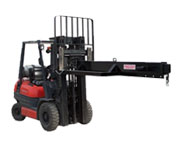
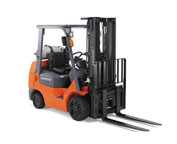
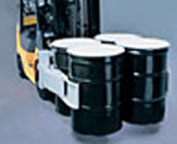
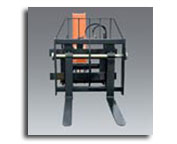
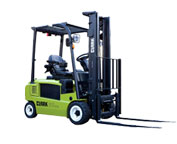

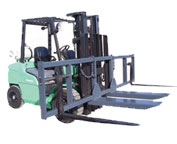
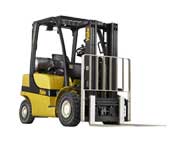
Lift Parts Express
TOLL FREE: 1-888-695-7994
forkliftpartsmississippi.com
Email Us
About Us


